PPT-Monochromatic and Complementary Mandalas
Author : myesha-ticknor | Published Date : 2015-11-11
Mandala is the Sanskrit word for circle In religious art the mandala is used to symbolize the universe However the pattern of a mandala a circle with a center
Presentation Embed Code
Download Presentation
Download Presentation The PPT/PDF document "Monochromatic and Complementary Mandalas" is the property of its rightful owner. Permission is granted to download and print the materials on this website for personal, non-commercial use only, and to display it on your personal computer provided you do not modify the materials and that you retain all copyright notices contained in the materials. By downloading content from our website, you accept the terms of this agreement.
Monochromatic and Complementary Mandalas: Transcript
Download Rules Of Document
"Monochromatic and Complementary Mandalas"The content belongs to its owner. You may download and print it for personal use, without modification, and keep all copyright notices. By downloading, you agree to these terms.
Related Documents

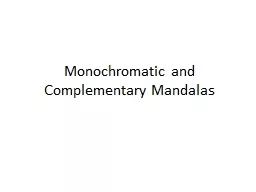

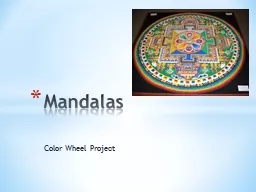
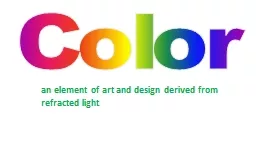


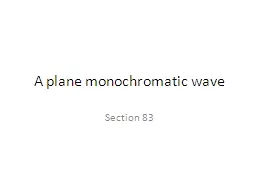


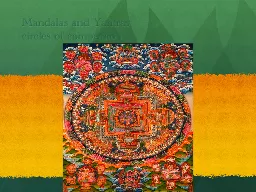

![[eBOOK]-Mein Mandala Malbuch: 51 schöne Mandalas zum Ausmalen zum Entspannen. Ausmalbuch](https://thumbs.docslides.com/981139/ebook-mein-mandala-malbuch-51-sch-ne-mandalas-zum-ausmalen-zum-entspannen-ausmalbuch-anti-stress-f-r-erwachsene-kinder-inkl-mandalas-und-entspannungsmusik-zum-download-2-german-edition.jpg)

